Hiroshi Kikuda usd to work for NHK, and as well as the usual TV fare, specialised in recording classical music. During time off from a job in Vienna in 1996, Kikuda bought a second-hand violin from an antiques market, and having taken it back to Tokyo, decided to try his hand at making one himself. He joined an evening class, and over the next four years made ten violins, eventually plucking up the courage to show one of them to an expert.
‘This is very nice,’ said the expert. ‘But it’s not a violin.’
‘Rather than being halfway to my destination,’ explained Kikuda, ‘I realised that I had only just set out on the journey.’
Not long after, Kikuda came across a violin made by Nicola Lazzari.
‘This was what I had been aiming for all along,’ he said. ‘And if I was ever going to make a real violin, I realised there was no choice but to learn from the man himself.’
Lazzari’s workshop is one of over 130 in Cremona, Italy, the city where Stradivari – the most famous violin maker of all – plied his trade in the late 17th and early 18th centuries, and home to Lazzari’s alma mater, the Cremona International Violin Making School.
Kikuda talked to his wife Hisako about going to study at the school, and far from telling him to pull himself together and stop being so stupid, she said that if he really wanted to become a violin maker then he had better do it properly.
‘If someone finds what they really want to do,’ said Hisako, ‘that’s an amazing thing.’
‘She didn’t so much push me into going to Italy,’ continued Kikuda, ‘as physically throw me.’
Kikuda spent the following year studying Italian, although by the time his interview came around he was far from fluent, and ended up repeating the same phrase over and over again: ‘I want to study at this school!’
His application was successful, and Kikuda and Hisako moved to Italy, where as well as twelve hours a week of violin making, Kikuda had to study the standard high school curriculum of maths, history, English and so on, in a class where most of the other students were aound half his age. Three years later, in 2004, Kikuda didn’t just graduate, he scored 100% in both the practical and academic facets of the course.
While he was still studying, Kikuda had begun to visit Lazzari’s workshop, and once the course was over, asked Lazzari to assess his latest effort.
‘It’s nice,’ said Lazzari. ‘But it’s not a violin.’
Still, Lazzari was sufficiently impressed with Kikuda’s ability to take him on as an apprentice, and Kikuda spent the next two years watching Lazzari intently, making copious notes and continuing to hone his craft.
At the end of the apprenticeship, Kikuda showed Lazzari yet another violin.
‘It looks beautiful,’ said Lazzari. ‘But it sounds awful.’
‘I had become too focussed on the appearance of the violin and lost sight of how it was supposed to sound,’ said Kikuda, and perhaps spurred on by the thought that failing to make a go of it in Cremona would mean a return to sound recording (which you can take it from me is a terrifying prospect), Kikuda persevered.
In 2005 he entered one of his voilins in an international competition in the Czech Republic, where among other things, it was assessed based on how it fared when accompanied in performance by a full orchestra. Out of a total of forty entries, Kikuda’s violin finished in fourth place, and like Lazzari, the judges at the competition praised it for its appearance rather than its sound. But at both the 2006 Wieniawski competition in Poland and the 2007 Tchaikovsky competition in Russia – two of the three most prestigious competitions in the field – his violins won the grand prize, and this year he aims to complete what would be an unprecedented grand slam by winning the third, which just happens to take place in Cremona.
When Kikuda – who as you might expect is a modest and softly spoken kind of fellow – was interviewed with Hisako for Waratté Koraété, they reflected on how coming across that second-hand violin in Vienna had been a life-changing moment, and how Kikuda had named his first gold-medal-winning violin ‘Elfo’ (that’s Italian for elf, in case you weren’t sure): at the time, his wife was obsessed with the Orlando Bloom character from The Lord Of The Rings, and the couple now have a poster of Bloom on the wall of their apartment. ‘The first poster I’ve ever bought!’ confessed Hisako.
To round off his appearance on the show, Kikuda was interviewed via a satellite link-up to Italy, and listened as the vioinist Mariko Senju played the same piece of music by Bach, firstly on an original Stradivarius, and then on one of Kikuda’s violins. As it happened, Kikuda had worked with Senju back in 1999 when he was still a sound man, and confessed that at the time he hadn’t had the confidence to ask her to play one of his violins. He said that if he could be granted one wish, it would be to hear what his voilins will sound like in two hundred years’ time, when they will have grown up, so to speak (several times in the programme he referred to the violins as being like his children), and indeed, the Strad really did sound richer and deeper than Kikuda’s violin, which was described by the show’s presenters as sounding younger and fresher.
Among other things, the programme included a brief sequence about the violin making process itself (the thin black lines around its edge, for example – known as purfling – are not painted on but inserted as incredibly fine pieces of marquetry, and help prevent the main body from cracking if the instrument is dropped) and a sequence in a Tokyo music shop where Kikuda’s violins are on sale (not that most people would be able to afford one: while a factory made violin can be purchased for as little as £100, a Kikuda will set you back the best part of £10,000). The one thing that wasn’t mentioned was whether or not Kikuda himself has learned to play the violin, but then again, I assume he’s too busy making them for that.

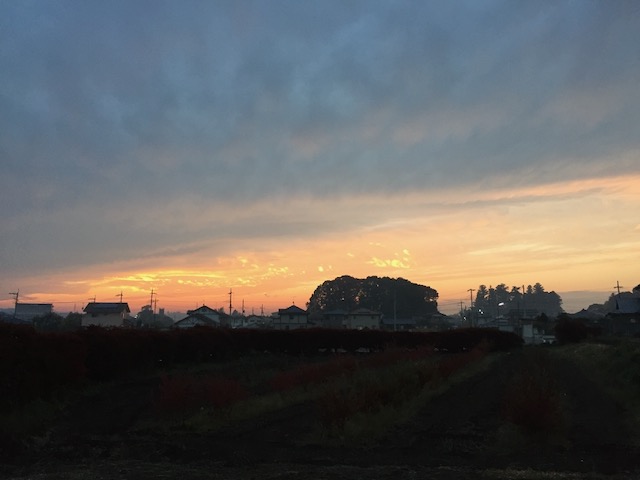
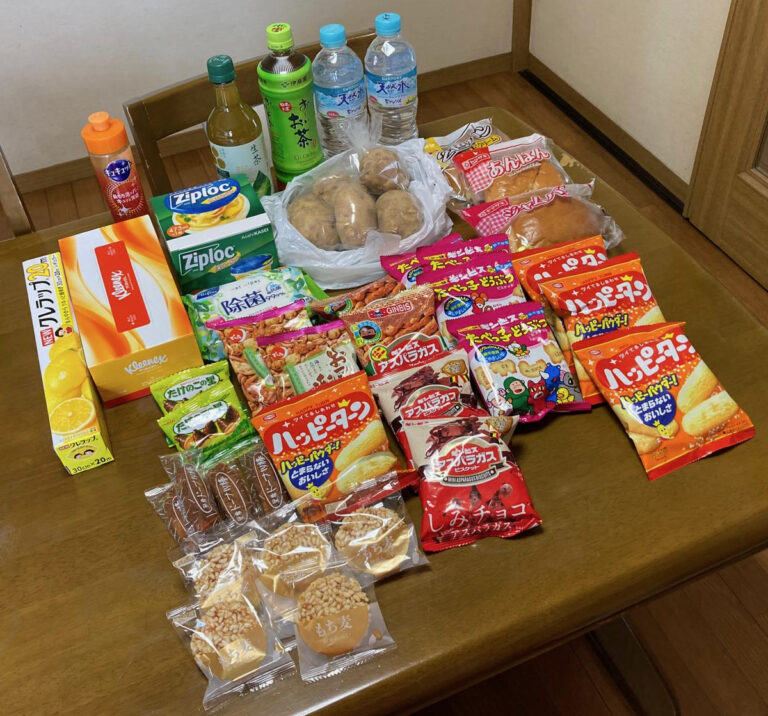
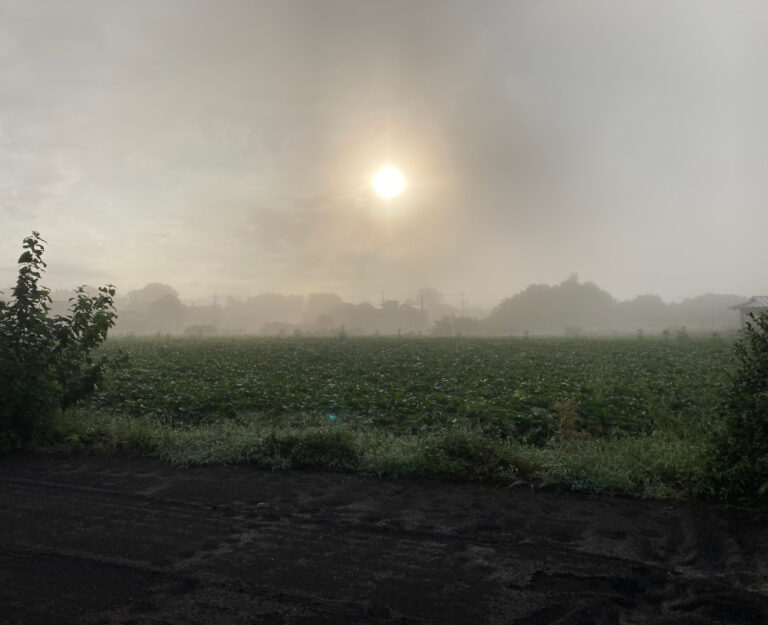
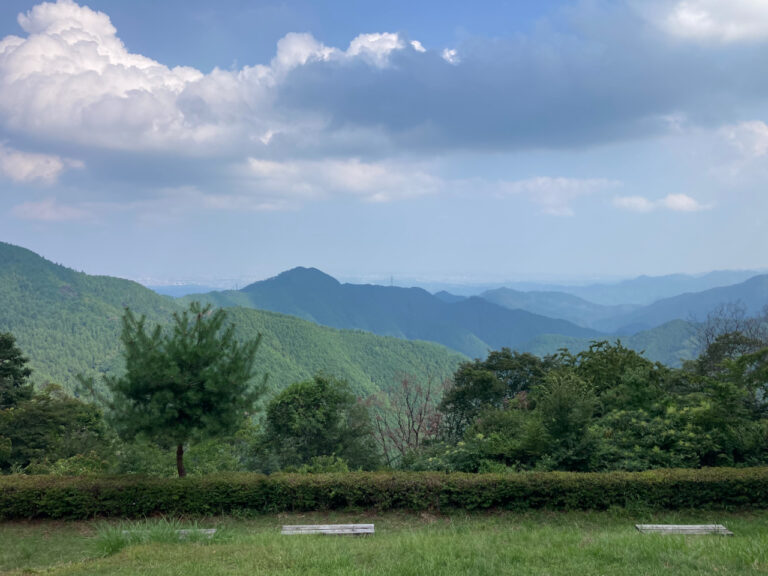
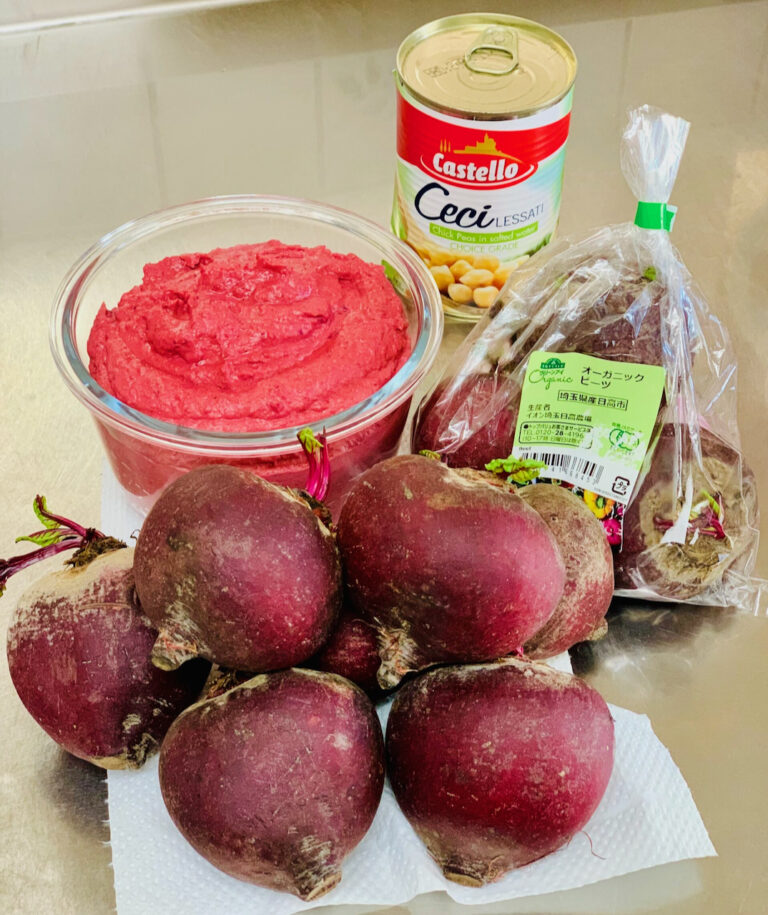
This sounds like a weird variation on the plot of ‘Whisper Of The Heart’!
Damn – a Ghibli film I haven’t seen! Will have to check that one out…